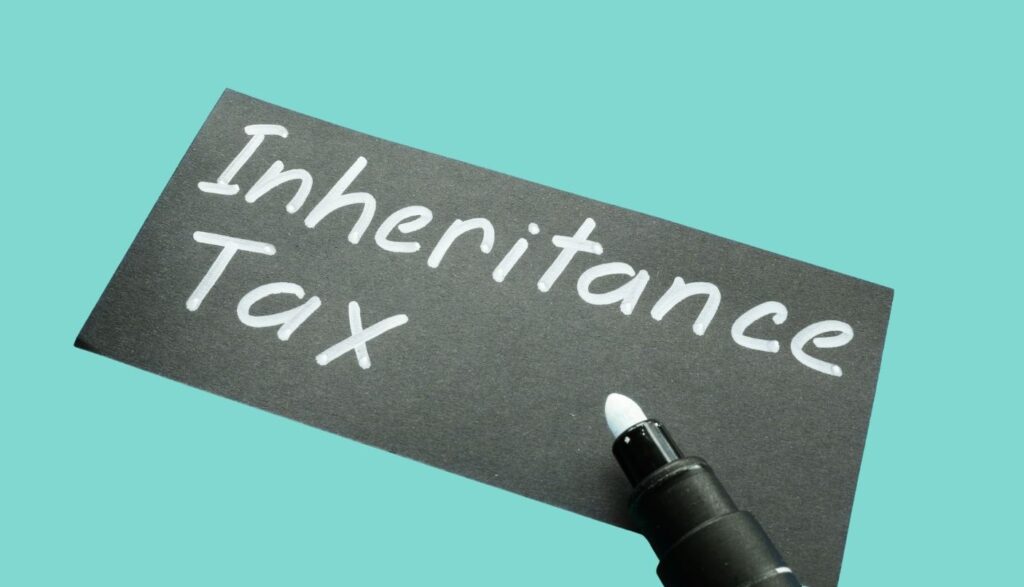Introduction
In Part 4, the focus shifts to Family Investment Companies (FICs), a powerful planning tool linked to limited company structures. This section covers:
- What a Family Investment Company is and the benefits it can offer
- How to determine if a Family Investment Company is the right fit
- A comparison between a Trust and a Family Investment Company
What Is a Family Investment Company?
A Family Investment Company is a private company, typically owned by family members, created to hold and manage investments, such as cash, portfolios, property, and private shares, for the long term. Founders generally retain voting/control shares, while children hold non-voting “growth” shares. This structure allows capital appreciation to pass outside the founder’s estate and directly to the next generation, without relinquishing decision-making authority.
Is It Right for You?
A Family Investment Company is best suited to families with significant assets, often exceeding £2 million, who aim to preserve and grow wealth across generations. It is ideal for those wishing to retain board and voting control while maintaining flexibility over income distribution. The structure works particularly well when profits are reinvested within the company, with minimal personal withdrawals.
Why Consider It for IHT Planning?
By issuing growth shares to the next generation, the increase in value of FIC assets is capped for IHT purposes. Profits within the FIC are subject to corporation tax (between 19%–25%), which is lower than personal income tax and discretionary trust rates. Unlike discretionary trusts, transferring assets and cash into a FIC does not trigger entry charges, as the nil-rate band does not apply, though capital gains tax and stamp duty land tax may still be relevant. Crucially, the founder retains control over strategy and investment decisions.
Example
Dr Smith owns a limited company with £2 million in investments. By setting up a FIC, he retains control while freezing his asset value by issuing growth shares to his two children. Over 12 years, the company grows to £5 million. The additional £3 million accrues entirely to the growth shares, meaning this uplift passes to his children outside his estate for IHT purposes.
What Can Be Transferred Into a FIC?
A FIC can hold a wide range of assets, including:
- Cash
- Listed investments and funds
- Investment properties (buy-to-let or commercial buildings; CGT and SDLT may apply)
- Private company shares for managing family business wealth
Assets for personal use, such as homes, art, watches, and cars, are generally best avoided due to tax complications like benefits in kind. Similarly, some tax-relieved investments (e.g. EIS or VCT holdings) may be unsuitable due to personal ownership requirements.
What Happens When the Value of the FIC Grows?
Unlike trusts, FICs do not incur 10-year periodic IHT charges. Instead, corporation tax is paid on gains when assets are sold.
How and Who Can Extract Assets or Cash from a FIC?
FICs are designed for long-term wealth growth, not profit extraction. Founder loans can be repaid tax-free until the director’s loan is cleared. Dividends may be paid to specific share classes and are taxed at dividend rates. Salaries or directors’ fees are deductible for the company but taxable for the individual, and add to administrative complexity.
Comparison: FIC vs. Discretionary Trust
| Factor | Family Investment Company (FIC) | Discretionary Trust |
| Entry Charges | Subscribe for shares without lifetime IHT charges; gifting shares are PETs | Gifts above the nil-rate band can incur a 20% lifetime IHT charge (CLTs) |
| Ongoing Charges | Typical charges associated with a UK limited company. | Periodic 10-year charges (up to 6%) and potential exit charges |
| CGT/SDLT on Setup | No holdover relief; asset transfers may trigger CGT and SDLT | CGT holdover relief often available on gifts of many assets |
| Control & Governance | Control via voting shares, board seats, and shareholder agreements | Control via trustees; beneficiaries don’t own assets directly |
| Income & Extraction | Corporation tax (19%–25%) inside; dividends/salaries on extraction | Trust rates on income (39%–45%); distributions taxed per trust rules (see Part 3) |
| Use Case | Multi-generational planning with control retained and growth shifted | Asset protection, beneficiary flexibility, and CGT holdover at entry |
Coming up in Part 5
Part 5 will explore Business Property Relief (BPR), a vital component of inheritance tax planning for business owners and investors. AMS will examine the upcoming legislative changes set to take effect in April 2026 and unpack their implications for clients seeking to preserve business assets and reduce IHT exposure.
If you would like to see how AMS can help, please click here for a 30 minute complementary conversation.




